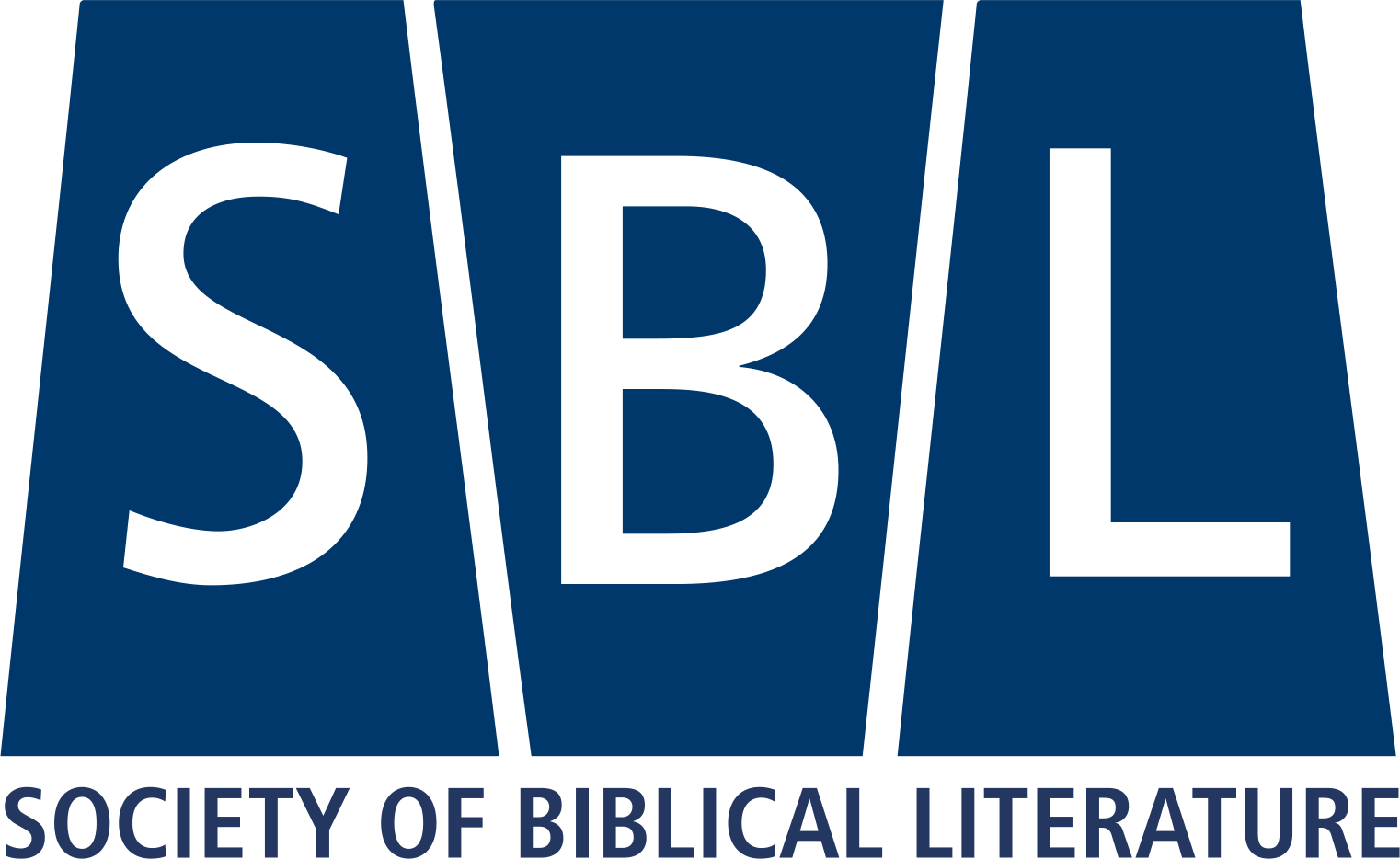SBL Press Bookstore
The Word in the World: The Cosmological Tale in the Fourth Gospel
Adele Reinhartz
ISBN
9781555407995
Volume
SBLMS 45
Status
Available
Price
$28.00
Publication Date
January 1997
$28.00
For the author of the Fourth Gospel, the story of Jesus was not only about the Messiah who lived and acted in first-century Galilee and Judea but also about the pre-existent Son sent by God into the world to do God’s will. This book draws on reader-response criticism to explore this “cosmological tale” extant in the Fourth Gospel. The cosmological tale, Reinhartz argues, provides both a framework for the historical and ecclesiological narratives of the Gospel and is and interpretive “key” to the exegesis of the notoriously difficult Good Shepherd Discourse in John 10.
The study begins in chapter 1 by looking in detail at the cosmological tale as it comes to expression in this Gospel. The tale is reconstructed on the basis of the clues or signals of the Gospel narrative, and its identity as a tale is explored. Chapter 2 examines the role of the cosmological tale in the narrative strategy of the Johannine narrator as well as its effort on the reader. The remainder of the study focuses on one particular passage as a more detailed case of the way in which the implied reader may have used the cosmological tale as an interpretive key. The passage is the paroimia (cryptic discourse or riddle) of the shepherd and the sheep in John 10:1–5. Accordingly, the third chapter provides a survey of scholarly attempts to solve this riddle, most of which have understood it in the context of the historical and/or ecclesiological tales. The fourth chapter develops a cosmological reading of the passage based on clues within the Fourth Gospel. The study concludes by examining the implications of the study for our understanding of Johannine literary technique, on the one hand, and the historical situation of the implied audience, on the other. Finally, an appendix examines relevant material from outside the Gospel that may provide insight into some of the extrinsic data that implied readers may have brought to their reading of the paroimia.
“Reinhartz has performed a very competent and much-needed task in bringing to light this fundamental part of the Gospel’s story, has clearly demonstrated its value for interpretation through her reading of the extended metaphor of the Shepherd in John 10, and has properly accounted for its intended effects on the readers of the Gospel. … this is a timely and solid contribution to the ongoing literary criticism of the Fourth Gospel.”
—Fernando F. Segovia, Journal of Biblical Literature
The study begins in chapter 1 by looking in detail at the cosmological tale as it comes to expression in this Gospel. The tale is reconstructed on the basis of the clues or signals of the Gospel narrative, and its identity as a tale is explored. Chapter 2 examines the role of the cosmological tale in the narrative strategy of the Johannine narrator as well as its effort on the reader. The remainder of the study focuses on one particular passage as a more detailed case of the way in which the implied reader may have used the cosmological tale as an interpretive key. The passage is the paroimia (cryptic discourse or riddle) of the shepherd and the sheep in John 10:1–5. Accordingly, the third chapter provides a survey of scholarly attempts to solve this riddle, most of which have understood it in the context of the historical and/or ecclesiological tales. The fourth chapter develops a cosmological reading of the passage based on clues within the Fourth Gospel. The study concludes by examining the implications of the study for our understanding of Johannine literary technique, on the one hand, and the historical situation of the implied audience, on the other. Finally, an appendix examines relevant material from outside the Gospel that may provide insight into some of the extrinsic data that implied readers may have brought to their reading of the paroimia.
“Reinhartz has performed a very competent and much-needed task in bringing to light this fundamental part of the Gospel’s story, has clearly demonstrated its value for interpretation through her reading of the extended metaphor of the Shepherd in John 10, and has properly accounted for its intended effects on the readers of the Gospel. … this is a timely and solid contribution to the ongoing literary criticism of the Fourth Gospel.”
—Fernando F. Segovia, Journal of Biblical Literature
